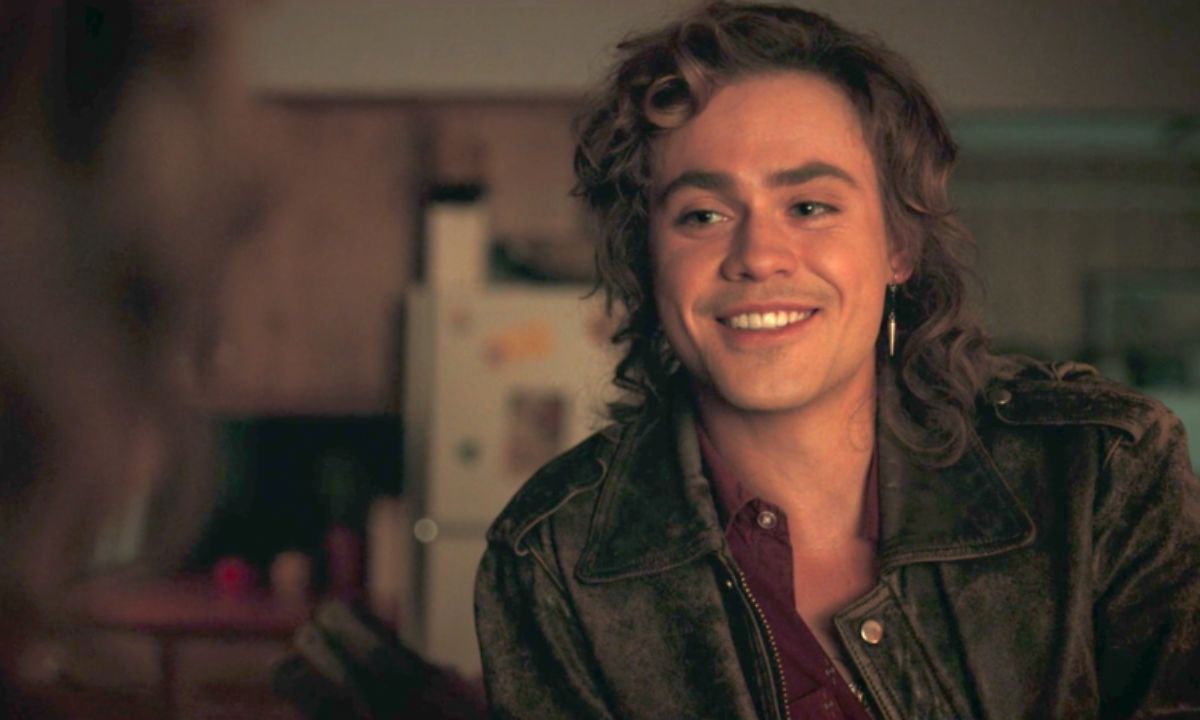Table of Contents
Would you judge me if I say I had a crush on Billy Hargrove when he appeared in season 2 for the first time?! Well! Hear this. Billy Hargrove rolled into Hawkins in his Camaro in Season 2, cigarette dangling, classic rock blaring… Like the ultimate 80s bad boy. Cocky. Reckless. Aggressive. Borderline flirty. Even a bully sometimes.
But deep down, was he just that cool bully? I feel that his character had depths that people don’t see—and now that he is gone, he is also forgotten. 😭

With season 5 on cards, Billy is not even on the list of characters who are wanted to come back on screen.

Billy’s character arc in season 3 and 4
Season 2: The Bully With a Backstory
Billy’s Season 2 behavior is textbook “hurt people hurt people” energy. His cruelty wasn’t just random; it was learned behavior.
- At school, he plays the charming bad boy, flirting with every girl and talking down to Steve, because being the “alpha” means no one gets close enough to see his cracks.
- At home, when Max challenges him, he goes full big-brother bully — yelling, controlling, blaming her — not because he hates her, but because his dad has conditioned him to see “control” as the only way to keep order (and to avoid punishment).
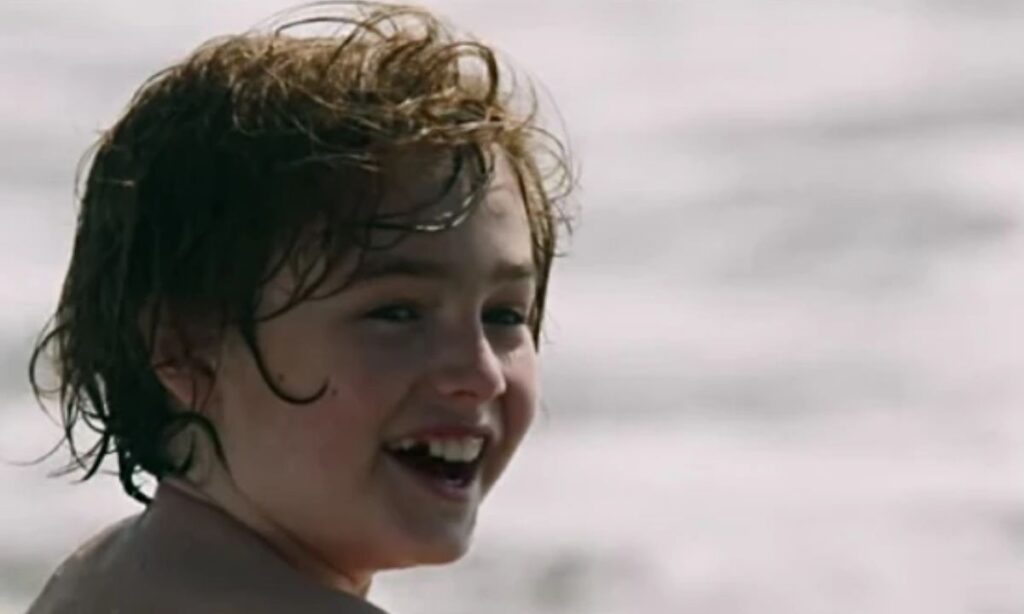
* Billy’s happy childhood
- When we finally see Neil, Billy’s father, it all clicks. The slaps, the humiliation — this is why Billy lashes out. This is why he doesn’t let anyone see vulnerability.
Billy wasn’t just a jerk for fun — he was a kid trying to survive, taking his anger out on the world because it was the only way he knew how to fight back.
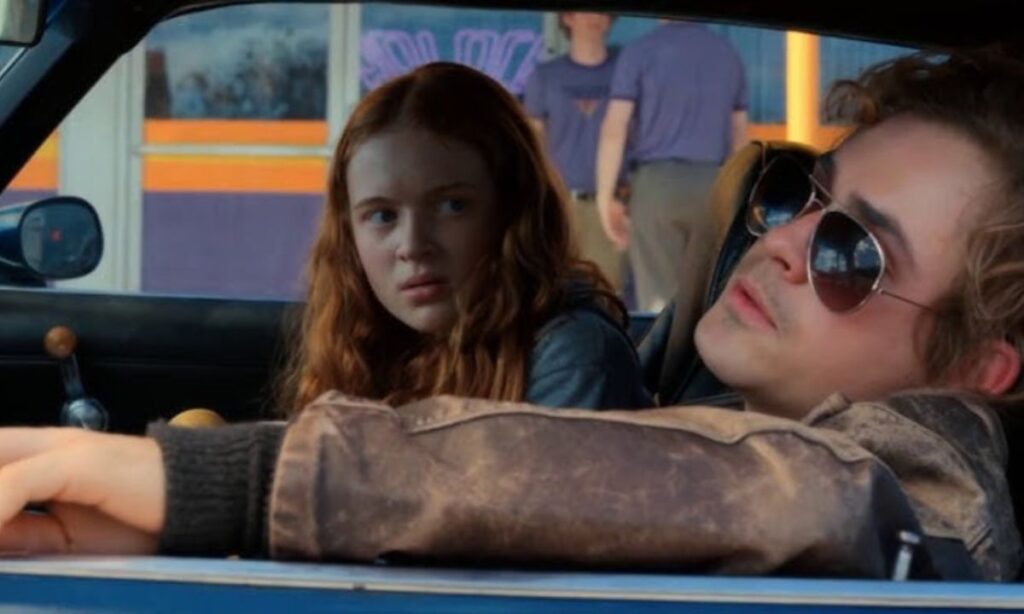
* Max judging her stepbrother so hard in this scene 😂
Watch Billy’s intro scene here:
Season 3: Possessed, but Humanized
Season 3 opens with Billy in full playboy mode — lifeguard shades, towel over the shoulder, moms at the pool swooning. It’s his peak confidence era… or so it seems. Underneath that swagger, he’s still the same guy terrified of vulnerability.

- His Lifeguard persona – Billy has turned his attitude into a performance. He isn’t just attractive, he’s performing “Hot Billy” for an audience — every look, every smirk is a way to stay in control.
- The Sauna test scene – This is where the mask fully cracks. When the kids trap him and the Mind Flayer’s control starts to fade, we see raw panic. He screams, begs, pleads with Max — his step-sister — to let him go. That moment shows there’s still a Billy under all the rage and corruption.
- His final act – By the Starcourt Mall battle, Billy’s wall is completely gone. The Mind Flayer can’t control him anymore, and he chooses to stand up for Max. His last words — “I’m sorry” — are the most honest thing we ever hear from him.
| “If you look at my eyes, that’s non-Flayed Billy trying to come through … the whole season … I felt like my eyes were bleeding because I was trying to push out this emotion to play as a counter to my physicality.” – Montgomery, the actor who plays Billy |
Season 3 makes Billy human. It shows that the loud, flirty, angry guy from Season 2 wasn’t a villain — he was just a boy who never learned how to ask for help. His redemption isn’t about becoming a perfect hero; it’s about finally letting his guard down and doing one thing right.
Billy and Steve are same, except the ending

| Aspect | Steve Harrington | Billy Hargrove |
| How were they introduced? | Introduced as the stereotypical popular jock dating Nancy, arrogant but charming. | Introduced as the “bad boy” from California, violent and abrasive, threatening Lucas and intimidating Max. |
| Core motivation | Starts shallow but grows into a protector — he wants to matter, to be loved for who he is, not just his looks. | Motivated by anger, resentment, and pain — his abusive father and broken home shape his aggressive exterior. |
| Biggest turning point | Season 2: Takes Dustin under his wing, becomes the reluctant babysitter of the group. “Dad Steve” era begins. | Season 3: Possessed by the Mind Flayer, faces his trauma head-on, sacrifices himself to save El and Hawkins. |
| Relationship with kids | Gradually becomes their go-to babysitter, forming a sibling-like bond with Dustin in particular. | Initially hostile, especially toward Lucas. Later shows vulnerability toward Max, apologizing before his death. |
| Character growth | Evolves from selfish to selfless. Grows into the most emotionally dependable character. | Slowly peels back his anger — only truly softens in his final moments, showing he wasn’t irredeemable. |
| Fate | Survives through all seasons so far, continuing to grow and evolve. Fans root for him to find love and happiness. | Dies in Season 3 finale after confronting Vecna/Flayer influence, a tragic redemption arc. |
| Fan reception | From “the jerk who broke Nancy’s camera” to the internet’s favorite babysitter. Most beloved character growth in the show. | Initially hated, later deeply sympathized with. His redemption arc made him one of the most tragic figures. |
| Symbolism | Represents growth, second chances, and found family. | Represents pain, cycles of abuse, and redemption through sacrifice. |
Billy Hargroove – his backstory and what we didn’t see
1. A childhood marked by fear and control

What we saw in Season 3’s flashbacks — Neil (his dad) screaming at him, calling him weak, demanding obedience — might just be the surface. Billy could have grown up in a house where punishments were extreme, where expressing emotion was mocked. This would explain why Billy hides behind anger and aggression, because it’s safer than being vulnerable.
2. Mom’s abrupt leaving and abandonment issues
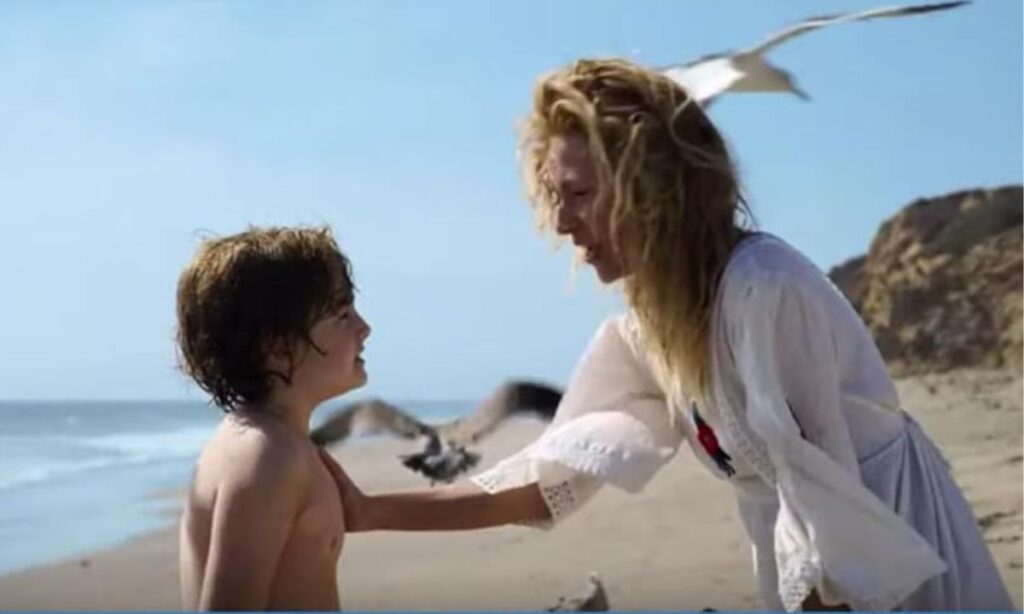
Billy idolized his mom — she was his soft place to land. Her leaving (possibly because she was being abused too) shattered his sense of safety. This could be why he resents women like Max’s mom or Nancy — they remind him of “fragile” people who leave when things get hard.
3. He had to become the man of the house too soon
With his mom gone, Billy might have been forced to grow up faster, to protect himself — or even to protect Max later. His obsession with dominance and control could be a twisted version of trying to avoid ever being powerless again.
4. Possible bullying or isolation in California
Billy’s “California surfer boy” image might have been his way of reinventing himself, but there’s a chance he didn’t fit in back there either. Maybe he was bullied for his family drama, making him tougher and more defensive.
5. A hidden soft side only Max (and maybe Karen Wheeler) saw
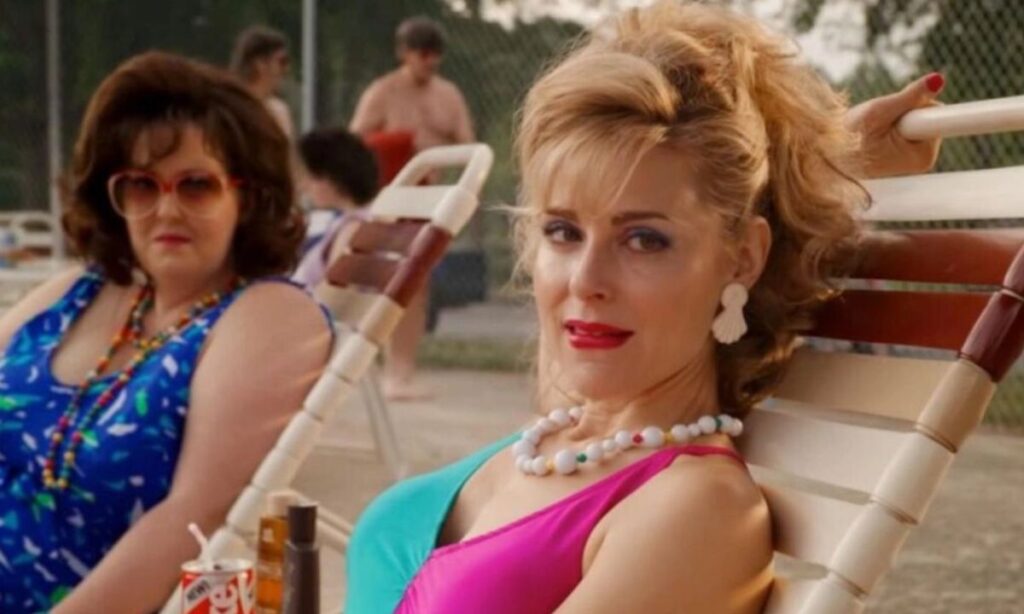
Billy wasn’t just a monster — we saw him soften around Max in his last moments. Fans speculate that there were moments when he secretly looked out for her, tried to shield her from Neil’s wrath. This softer side just never got the screen time it deserved.
Did Stranger Things do Billy dirty?
On one hand, yes, Stranger Things kind of did Billy dirty. He’s introduced in Season 2 as the quintessential bad boy. For a lot of people, he was just a one-note villain— the racist bully with a mullet. But then Season 3 gave us those tiny but powerful flashbacks. And just when fans started seeing him as more than a bully, he was killed off in the most brutal way—possessed, tortured, and ultimately sacrificing himself to save Eleven and the kids.
The problem is, we only got a taste of his redemption arc. It feels like we were being set up to finally get to know Billy beyond the walls he built, only for him to die before we could ever see him heal or rebuild his bond with Max. He was a guy set up to be Steve, but killed before he could become one! Sad demise for the brave hero guy…
* one more chance for Billy, Stranger Things?!
